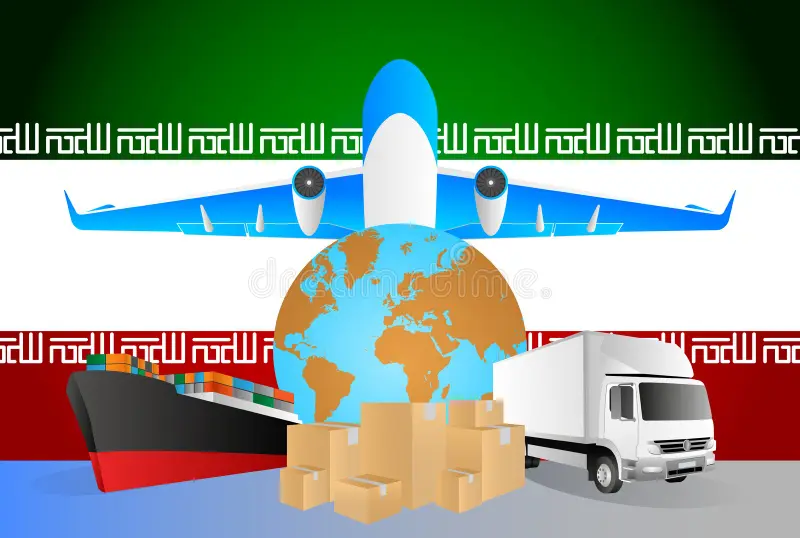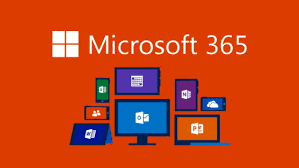Iran’s Logistics Landscape: Strategies for Successful Supply Chain Management

Iran holds a significant geostrategic position in global trade and transportation. Bordering the Persian Gulf, the Caspian Sea, and key Central Asian countries, Iran is a vital logistics and supply chain hub in the Middle East. The development and modernization of its logistics infrastructure are essential for enhancing trade flows, increasing domestic efficiency, and integrating into international supply chains. In this context, understanding 伊朗物流 (Iran logistics) is critical for businesses, stakeholders, and policymakers looking to optimize operations and take advantage of the country’s potential.
The Current State of Iran’s Logistics Industry
Iran’s logistics sector has undergone substantial transformation over the past two decades. Despite economic sanctions and political challenges, the government has invested in infrastructure to strengthen the country’s logistics capabilities. Major upgrades in road networks, expansion of railway systems, and enhancements in port facilities have collectively improved the performance of 伊朗物流. The Chabahar Port, for example, is positioned as a strategic trade gateway that connects Iran with India, Afghanistan, and Central Asia, offering an alternative to the congested Strait of Hormuz route.
The country operates an extensive road transport network, accounting for about 90% of domestic freight movement. Rail transport is expanding, with efforts to link major industrial zones and border areas. Iran is also investing in multimodal transport to integrate road, rail, sea, and air logistics more efficiently. These developments play a key role in facilitating domestic distribution and enhancing Iran’s connectivity to regional and global supply chains.
Key Challenges in 伊朗物流
Despite advancements, several challenges still hinder the full potential of 伊朗物流. Economic sanctions have limited access to international logistics technologies and global supply chain integration. Currency fluctuations and inflation often increase the cost of logistics operations and discourage foreign investment.
Customs procedures and bureaucratic inefficiencies add further complexity. Delays at border crossings, outdated cargo tracking systems, and inconsistent policy enforcement often result in time and cost overruns. Moreover, lack of a unified logistics regulatory framework creates uncertainties for businesses trying to establish or expand supply chains in Iran.
Human resource development in the logistics sector also poses a significant challenge. There is a shortage of professionally trained logistics personnel, which impacts operational efficiency and innovation. Additionally, the technological gap in warehouse management, route optimization, and fleet tracking affects supply chain transparency and control.
Strategies for Improving 伊朗物流
To create a more efficient and competitive logistics environment, Iran must implement a set of strategic actions aimed at overcoming its current limitations and leveraging its geographic and economic potential.
Modernizing Infrastructure
One of the most vital steps toward enhancing 伊朗物流 is continued investment in infrastructure. This includes not only expanding highways, railways, and ports but also upgrading digital infrastructure for logistics. Smart transportation systems, automated warehousing, and cargo tracking technologies can significantly improve operational efficiency. Partnerships with regional countries and private sector involvement in infrastructure development can accelerate progress and share the financial burden.
Simplifying Regulatory Frameworks
Regulatory reform is crucial to making logistics in Iran more business-friendly. Simplifying customs procedures, reducing red tape, and establishing unified logistics policies will attract more foreign and domestic investment. Transparency in regulations and faster cargo clearance at borders can greatly reduce lead times and improve supply chain reliability. A single-window platform for trade documentation would also benefit 伊朗物流 stakeholders by reducing bureaucratic delays.
Encouraging Multimodal Transport
Currently, road transport dominates Iran’s logistics, which leads to congestion, high fuel consumption, and limited scalability. Developing multimodal logistics systems that integrate road, rail, air, and sea transport will create more balanced and resilient supply chains. Rail corridors linking inland industrial areas to seaports such as Bandar Abbas and Chabahar will not only reduce transportation costs but also support greener supply chains.
Multimodal transport also enables Iran to function as a vital transit country for international trade between Asia, Europe, and Africa. Initiatives such as the International North-South Transport Corridor (INSTC) can make 伊朗物流 more globally integrated and competitive.
Investing in Technology and Digitization
Digital transformation is a game changer for modern logistics. Iran must prioritize the development and adoption of logistics technology platforms such as Transportation Management Systems (TMS), Warehouse Management Systems (WMS), and Enterprise Resource Planning (ERP) solutions. These tools enhance visibility, real-time decision-making, and cost control across the supply chain.
Moreover, using Artificial Intelligence (AI) and data analytics for demand forecasting, route planning, and inventory management can significantly enhance efficiency. Logistics startups in Iran have started emerging, but more investment, education, and government support are needed to cultivate a robust digital logistics ecosystem.
Enhancing Workforce Skills
A modern logistics sector relies on a skilled and adaptable workforce. Iran needs to develop specialized training programs in supply chain management, logistics planning, and technology integration. Collaborations between universities, vocational institutions, and industry stakeholders can ensure a steady pipeline of skilled workers for the growing logistics sector.
Short-term workshops, certification programs, and professional development initiatives can equip existing workers with modern logistics competencies. This human capital development is key to achieving long-term growth and sustainability in 伊朗物流.
The Role of Public-Private Partnerships
To overcome financial constraints and accelerate logistics development, Iran should actively promote Public-Private Partnerships (PPPs). Such collaborations allow the government to leverage private capital, innovation, and operational expertise. PPPs can be particularly effective in the development of logistics parks, bonded warehouses, and intermodal terminals.
Additionally, involving the private sector in policymaking and regulatory design can lead to more practical and effective logistics reforms. A stronger dialogue between government agencies and logistics operators will help align strategic goals and address operational pain points collaboratively.
Geopolitical Position as a Strategic Asset
Iran’s location between major economic zones presents significant opportunities for becoming a regional logistics hub. It connects Central Asia, the Caucasus, the Middle East, and South Asia. By capitalizing on this advantage, 伊朗物流 can serve as a key corridor in initiatives such as China’s Belt and Road, the INSTC, and other Eurasian transport networks.
However, to truly benefit from this position, Iran must maintain stable trade policies, promote regional cooperation, and resolve political tensions that hinder international partnerships. Diplomatic efforts aimed at easing sanctions and improving international relations will also play a vital role in the future of Iran’s logistics landscape.
Conclusion
Iran’s logistics landscape is evolving, with both promising developments and significant challenges. Through targeted strategies such as infrastructure modernization, regulatory reforms, technological innovation, workforce development, and enhanced regional cooperation, 伊朗物流 can become a powerful engine of economic growth and international trade.







